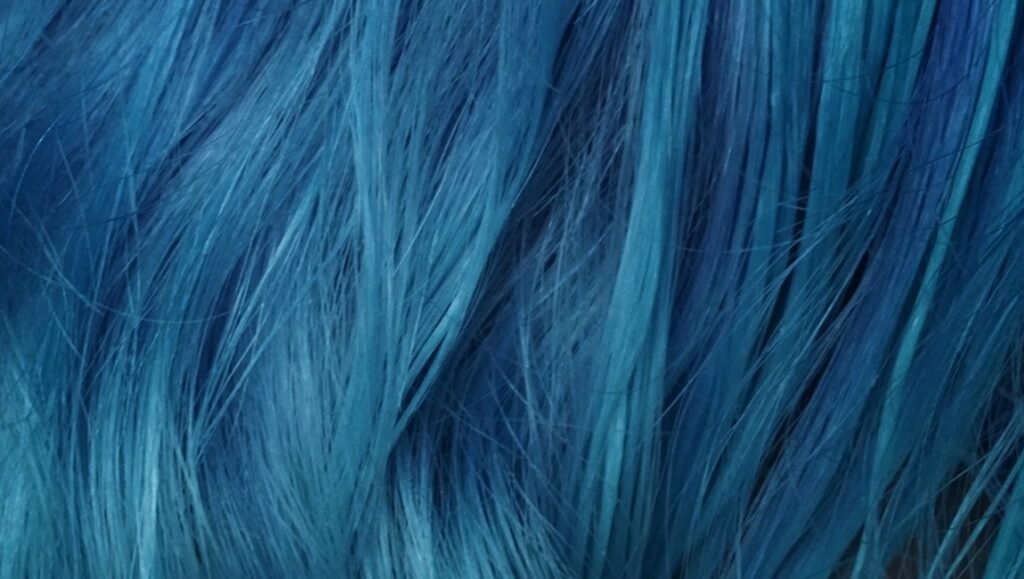Vika Kirchenbauer effectively established herself on the international experimental scene with her short Untitled Sequence of Gaps, from last year, an intriguing rumination on varieties of light and how they inform understanding of societal traditions. With The Capacity for Adequate Anger, that sensibility has been noticeably sharpened, pairing a distinctive set of stills with more directly personal narration. One cornerstone of her style is narration: though she is German, Kirchenbauer narrates her films in English with a tremulous accent that connotes a certain fragility and uncertainty, which strongly influences the effect of her words on the viewer.
Here, the words concern her upbringing and her anxieties over her art practice, perspective, and her interpersonal relationships, including with her father and grandmother. The connections that she draws are frequently startling: a throughline about AIDS connects her childhood adoration of Freddie Mercury, Magic Johnson’s temporary retirement from basketball, and a dental inspection. These musings are augmented by a wide variety of still images, including of childhood drawings, mass media photos, and posed-art pictures, along with the sole, unusual source of moving images: a childhood fantasy cartoon of unknown provenance. While loosely sectioned, as signaled by a recurring ambient music cue, The Capacity for Adequate Anger maintains a certain flowing train of thought, which ensures a spontaneity to the subjects broached. More than a conceptual boldness, it is in Kirchenbauer’s paradoxical assuredness that the disparate elements will connect together: the title phrase is uttered twice, once in relation to the AIDS epidemic and once regarding her uneasy relationship with her father. Such a stark yet elusive phrase provides a useful, fitting summary of the fascinating elements of this ambitious work, full of information without ever succumbing to density.
Originally published as part of TIFF 2021 — Dispatch 7.


Comments are closed.